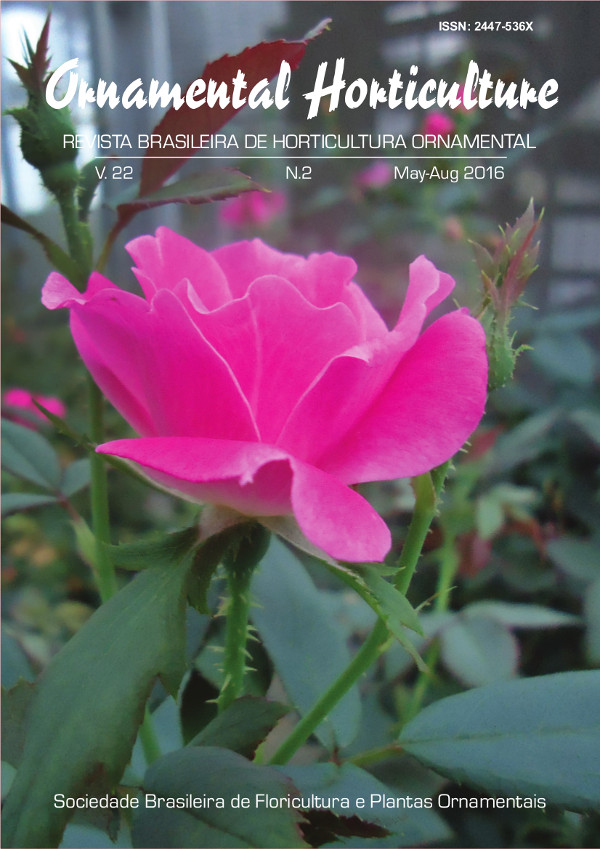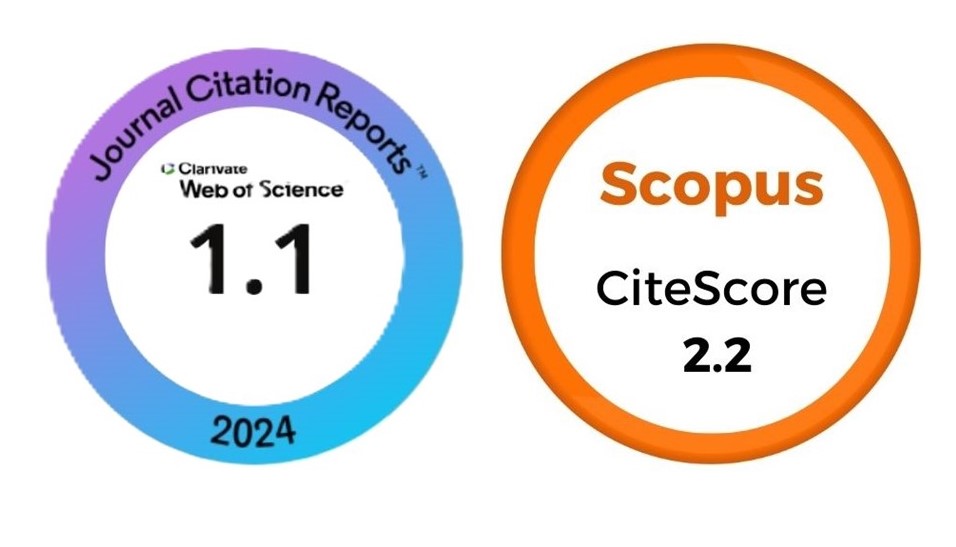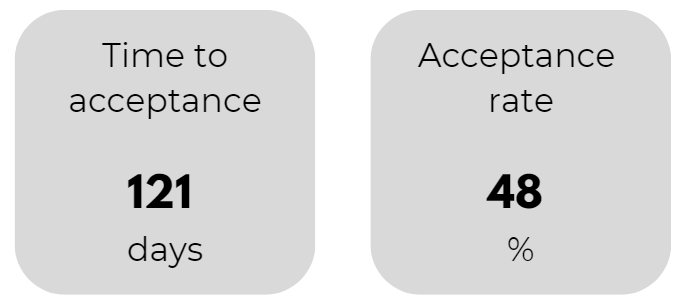Biometry of fruits and seeds, seeds germination and post-seminal development of areca palm
DOI:
https://doi.org/10.14295/oh.v22i2.885Keywords:
Dypsis Lutescens, Substrate, Dormancy, Morphology, Propagation.Abstract
Areca palm is an ornamental palm largely used in landscape which propagate occur by seeds germination. However, the biometry and the endogenous and exogenous factors than can limit propagation of this plant are poorly known, so this work was aimed characterize biometrics of fruits and seeds of areca palm and evaluate the germination of seeds in different substrates. For this, the biometric analyses of length, diameter and weight were recorded; the description of internal and external morphology of frit and seed were also studded. The treatments to improvement of seed germination were intact seeds (T1), intact seeds soaked in 500 mg L-1 GA3 solution (T2), physically scarified seeds with the aid of sandpaper (T3) and physically scarified seeds after immersion in 500 mg L-1 GA3 solution (T4). The Seeds were sown in containers containing sand, coir dust or vermiculite. The areca pal fruits and seeds are both, elliptical shape and the weight of fruits and seeds is 1.70g and 1.04g, respectively. There is positive correlation between fruit weight and length and diameter of the fruit and just like the diameter has a positive correlation with the diameter of the seed. The mechanical scarification improve the seed germination. The Coir dust is the most atrophied substrate to seed germination of areca palm. The seed germination of Areca palm is hypogeal and the protrusion of the haustorium was observed at 59 days after sowing and the plantlets is fully grown at 153 after sowing.








